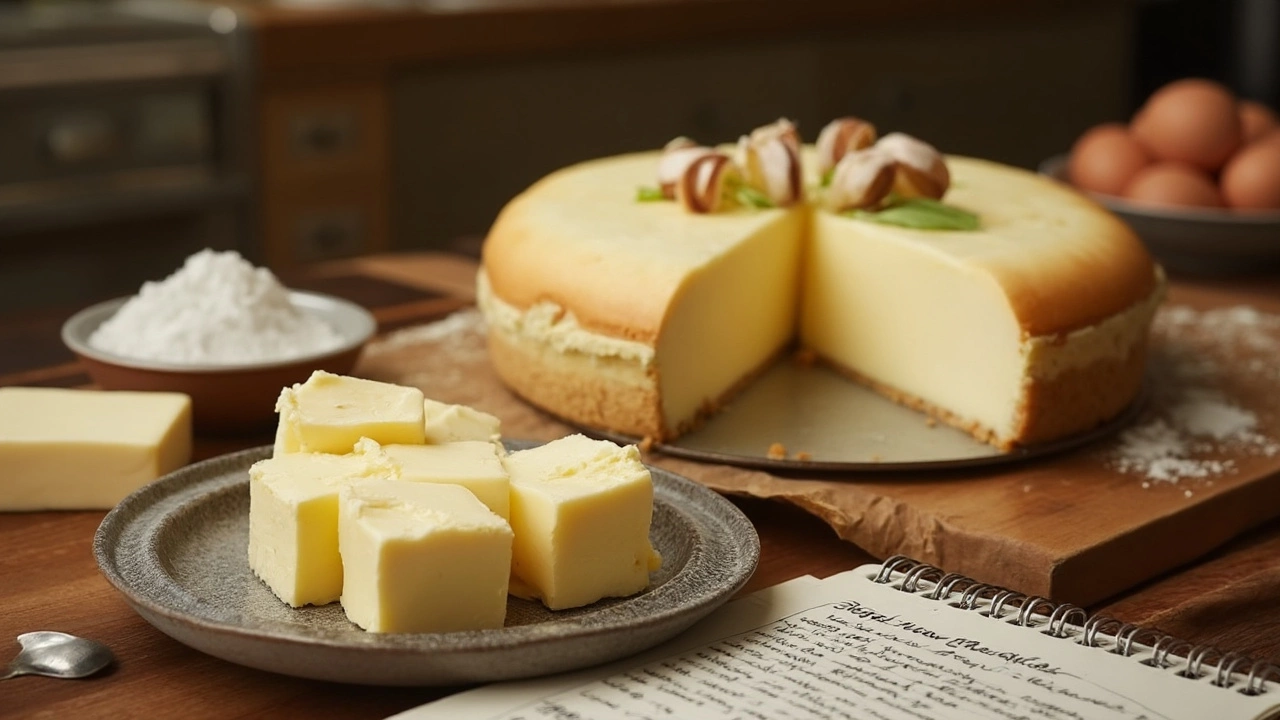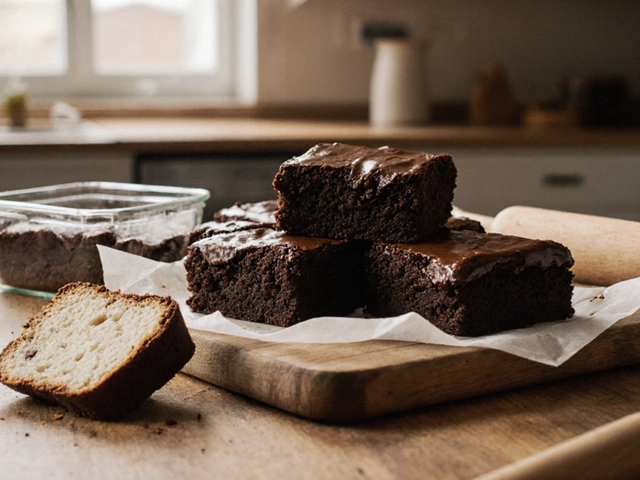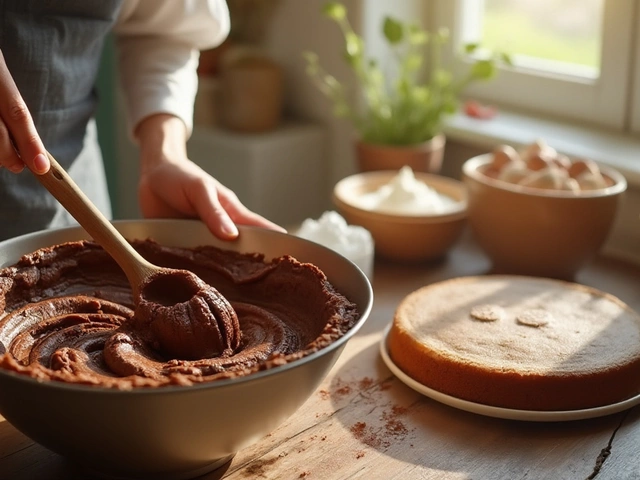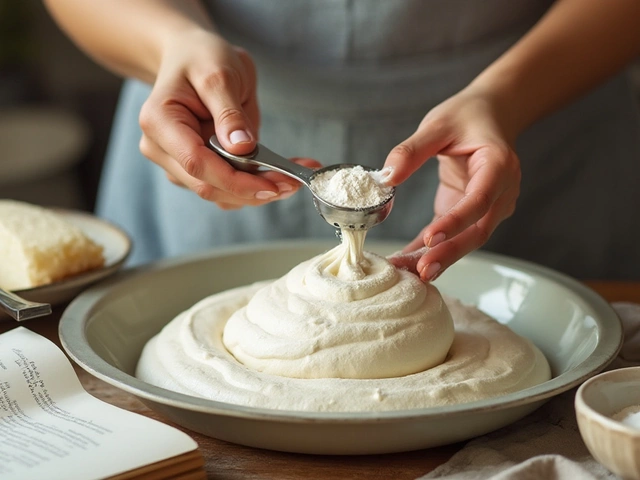Unsalted Butter: Why It’s a Kitchen Staple
If you’ve ever wondered why most recipes call for unsalted butter, the answer is simple – it gives you control over the salt level. Too much salt can throw off the balance of a cake, a sauce, or a simple butter toast. By starting with a plain, clean butter, you decide exactly how salty you want each dish to be.
Unsalted butter also tends to be fresher. Salt is a preservative, so manufacturers add it to extend shelf life. When you pick unsalted, you’re usually getting a butter that was churned recently, which means better flavor and a smoother texture.
Storing Unsalted Butter the Right Way
Keep it in its original wrapper or a butter dish inside the fridge. The cold temperature stops it from turning rancid, and the wrapper protects it from absorbing other odors. If you need it out for a few hours, a covered dish on the counter works fine, but try not to leave it out overnight.
For longer storage, freeze it. Slice the block into portions, wrap each piece tightly in foil or freezer‑safe bag, and label with the date. When you’re ready to use, thaw in the fridge for several hours – no need to rush the process.
Cooking and Baking With Unsalted Butter
In baked goods, the amount of salt can make the difference between a flat cookie and a perfectly chewy one. Use the recipe’s salt measurement or add a pinch if you like a touch more flavor. When making pastry dough, the lack of salt helps the layers stay flaky, and you can sprinkle kosher salt on top before baking for a crunchy finish.
For sauces, melt the butter slowly over low heat. This prevents it from burning and turning brown too quickly. If you need a rich, nutty flavor, let it brown just a little – the milk solids will caramelize, giving you a classic beurre noisette without any added salt.
Unsalted butter is also the go‑to for finishing dishes. A knob of butter swirled into a sauce at the end adds silkiness and rounds out the flavors. Since you control the salt, you can taste and adjust the seasoning before plating.
When a recipe calls for salted butter and you only have unsalted, simply add ¼ teaspoon of salt per ½ cup (115 g) of butter. That amount mimics what’s typically in a stick of salted butter and keeps the flavor on track.
Want a healthier option? Make clarified butter (ghee) by gently heating unsalted butter, skimming off the milk solids, and pouring the clear fat into a jar. Ghee has a higher smoke point, so it’s great for high‑heat sautéing.
If you’re mixing batter by hand, cut the cold unsalted butter into small cubes first. This keeps the butter from melting too quickly and helps you achieve a light, airy crumb in cakes and muffins.
Finally, don’t forget simple tricks: rub a cold butter cube on a warm skillet for a quick, buttery flavor boost on pancakes, or spread a thin layer on hot toast for an instant melt‑in‑your‑mouth experience.
Unsalted butter is versatile, predictable, and easy to work with once you know the basics. Keep it fresh, store it properly, and use it confidently in both sweet and savory dishes – your recipes will thank you.

Best Butter for Cheesecake: What You Need to Know
Trying to pick the right butter for cheesecake? The type of butter you use really does affect both flavor and texture. This article breaks down the differences between salted and unsalted butter, explains why quality matters, and covers how butter interacts with other ingredients in a cheesecake. You’ll get tips from pro bakers and learn a few tricks to make your next cheesecake even better. If you want a smoother crust or a richer base, start here.
View More




